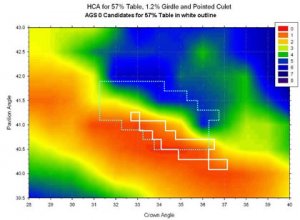I''ve been looking through the pricescope info but can''t seem to find what i''m looking for. What sort of range should I be looking for in an ideal cut (H&A etc.) diamond?
Depth
Table
Flouresence
Polish
Symmetry
Girdle
If there is an easy link to read about it on the site, if anyone would just like to post it that would be a big help too.
Thanks!

Depth
Table
Flouresence
Polish
Symmetry
Girdle
If there is an easy link to read about it on the site, if anyone would just like to post it that would be a big help too.
Thanks!





















300x240.png)